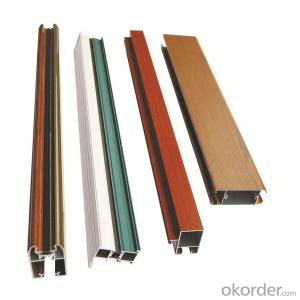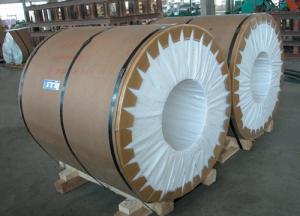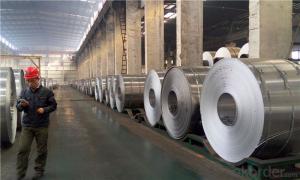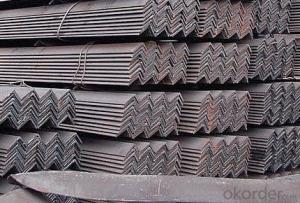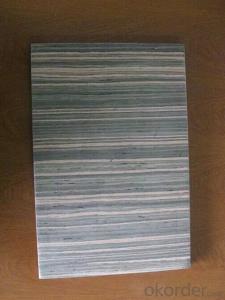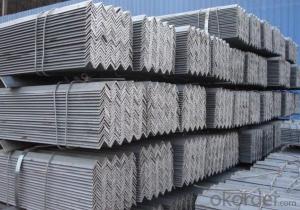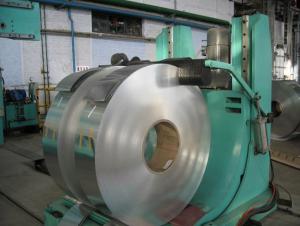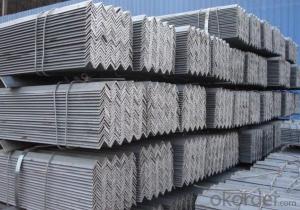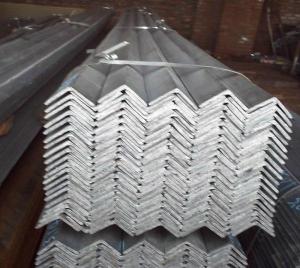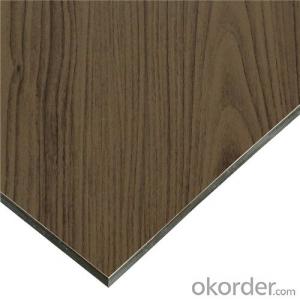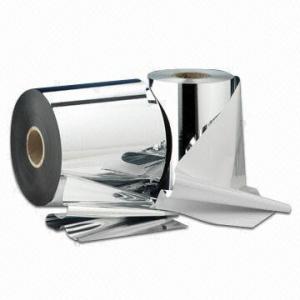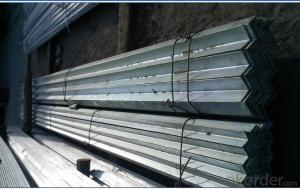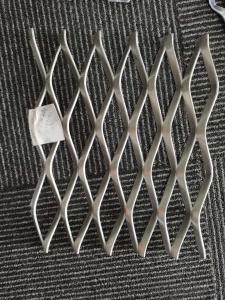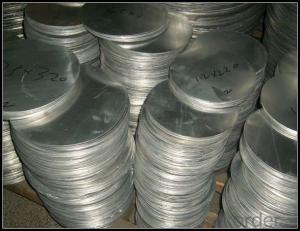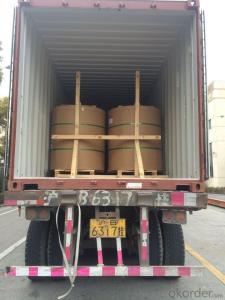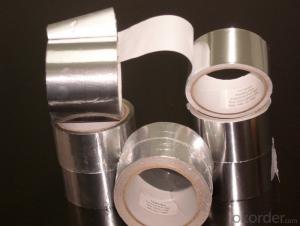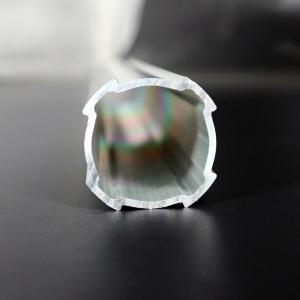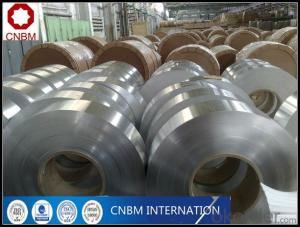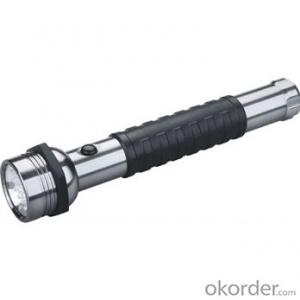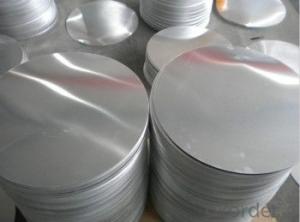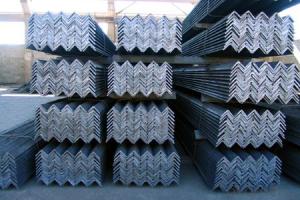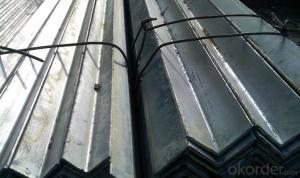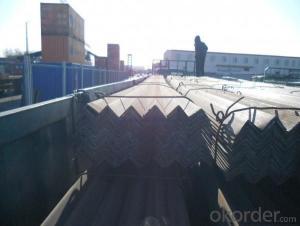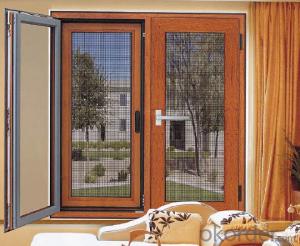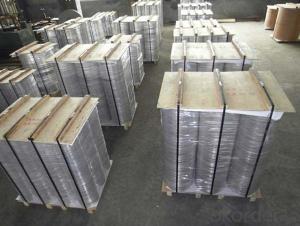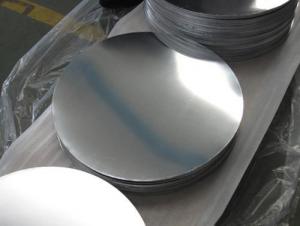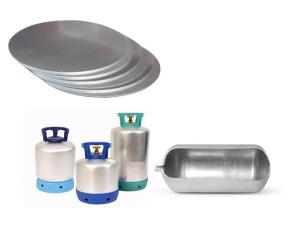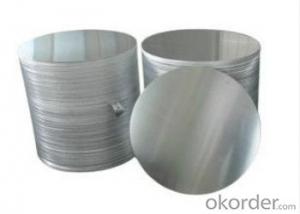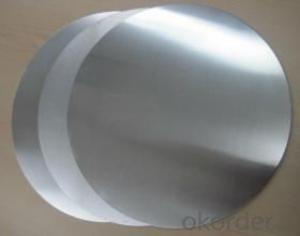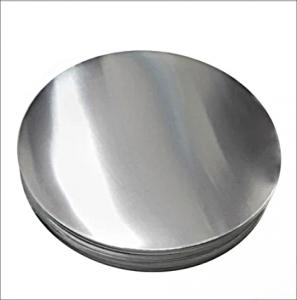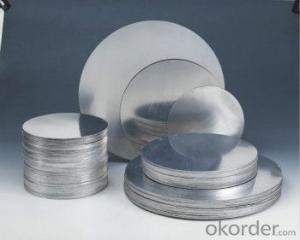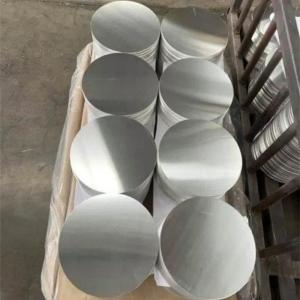3 Aluminum Angle Stock
3 Aluminum Angle Stock Related Searches
1 2 Aluminum Angle Stock 3 Aluminum Round Stock 3 Aluminum Bar Stock 1 Aluminum Angle Stock Aluminum Round Stock 3 Anodized Aluminum Angle Stock 3 Inch Aluminum Bar Stock Angle Stock Aluminum 2 Inch Aluminum Angle Stock 3 Inch Aluminum Round Stock Bending Aluminum Angle Stock Angle Aluminum Stock 45 Degree Angle Aluminum Stock Aluminum Angle Stock Dimensions 3 4 Aluminum Square Stock 3 4 Aluminum Bar Stock Aluminum 45 Degree Angle Stock Aluminum 90 Degree Angle Stock Aluminum Angle Stock Sizes Aluminum Angle Stock Near Me Aluminum Triangle Stock Right Angle Aluminum Stock Aluminum Angle Aluminum Triangle Bar Stock 1/4 Aluminum Angle Stock Aluminum Rectangle Stock 3/8 Aluminum Bar Stock 3 8 Aluminum Round Stock Angle Aluminum 3 8 Aluminum Bar Stock3 Aluminum Angle Stock Supplier & Manufacturer from China
3 Aluminum Angle Stock is a type of aluminum extrusion product that comes in various sizes and thicknesses, making it a versatile choice for a wide range of applications. This product is known for its strength, durability, and lightweight properties, which make it ideal for construction, industrial, and architectural projects. The 3 Aluminum Angle Stock can be used in various ways, such as providing support, creating frameworks, and serving as a connection between different components. Its corrosion resistance and ease of maintenance make it a popular choice in both indoor and outdoor settings.The 3 Aluminum Angle Stock is widely used in applications that require structural integrity and resistance to harsh environmental conditions. It is commonly found in building facades, window frames, and door frames, as well as in the construction of bridges, towers, and other infrastructure projects. Additionally, it is used in the manufacturing of furniture, automotive components, and various machinery parts. The product's adaptability and strength make it a go-to material for professionals in the industry who require a reliable and long-lasting solution for their projects.
Okorder.com is a reputable wholesale supplier of 3 Aluminum Angle Stock, offering a vast inventory of this product to cater to the needs of various industries. As a leading supplier, Okorder.com ensures that customers receive high-quality aluminum angle stock at competitive prices. With their extensive range of products and commitment to customer satisfaction, Okorder.com has become a trusted source for businesses looking to purchase 3 Aluminum Angle Stock for their projects.
Hot Products
